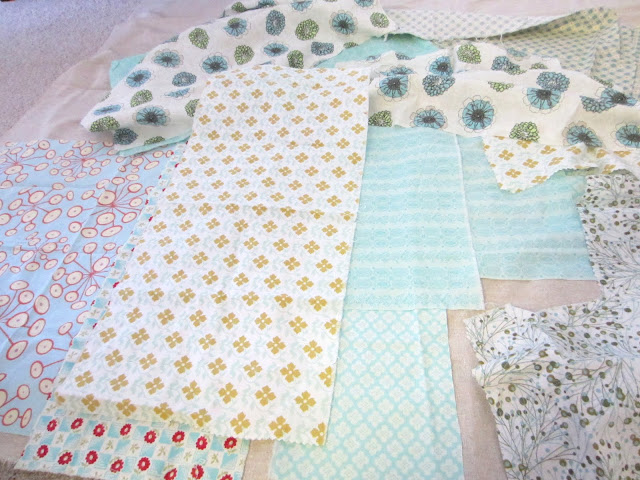I just picked a font (Iskoola Pota again like my beach chairs). Got out the old exacto knife, freezer paper and cutting board. Be sure to save the little half circles from letters like P's and E's. You'll need to iron them onto your fabric too.
I chose a cheery yellow because it matched the madras, but after looking at it I thought, "This looks just like a food logo, which one is it?"
Turned out to be this one. It bothered me a lot. I think the fact that it starts with a P makes it worse. You'll see the letters magically change from yellow to red in the pics below. (I just used a fine paintbrush and went over the yellow with red)
I took the easy way and just added about 3.4 or 4 inches to the length of my lining. I sewed button holes in the lining, just below the seam allowance (one on each top side). Then I sewed the right side of the lining to the right side of the sack, leaving a small opening in the bottom of the lining, then flipped the lining into the outer part of the bag through the opening. Close up the opening. (Shoo...that's a lot of "lining.")
 Be sure the bottom corners fit into each other (pin the lining to the bottom of the sack if you want) and then pull the extra length out the top of the bag. make sure you have a nice even fold of fabric, pin, top stitch along the seam and edge stitch the very top edge. This creates the casing for your drawstring.
Be sure the bottom corners fit into each other (pin the lining to the bottom of the sack if you want) and then pull the extra length out the top of the bag. make sure you have a nice even fold of fabric, pin, top stitch along the seam and edge stitch the very top edge. This creates the casing for your drawstring. The drawstring goes in one button hole (use a big safety pin) all the way around the bag. Pass your original entrance then out the hole on the other side. Make sure the length makes sense--enough slack to open the top of the bag, but not so much that it's ridiculously long when the top is drawn together. Now tie sturdy knots at each of the loops at the bottom of the bag. I used a nylon rope/shoestring material that I found at Hobby Lobby, $1.99 for 5 yards! There is better stuff out there. I've used a thin, woven cotton rope and I think it feels a little better.
I like the red better, less nutty...




















































